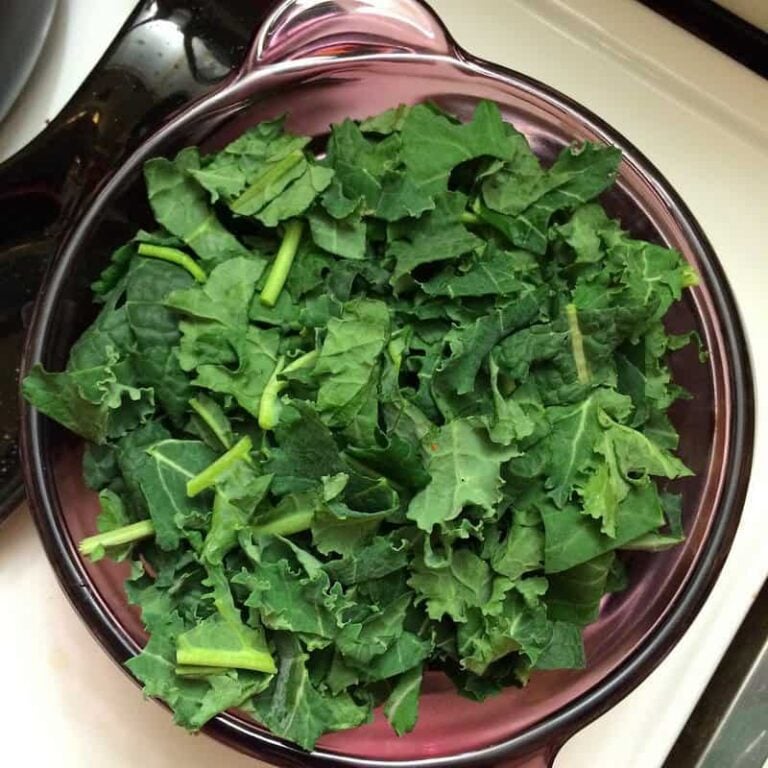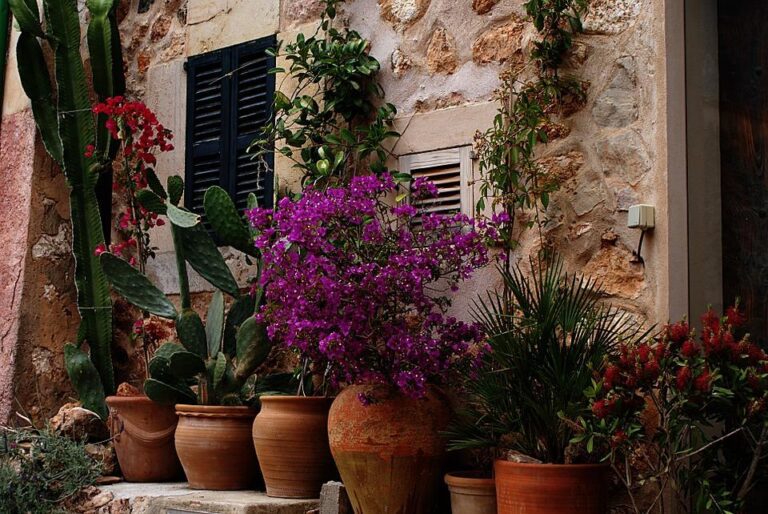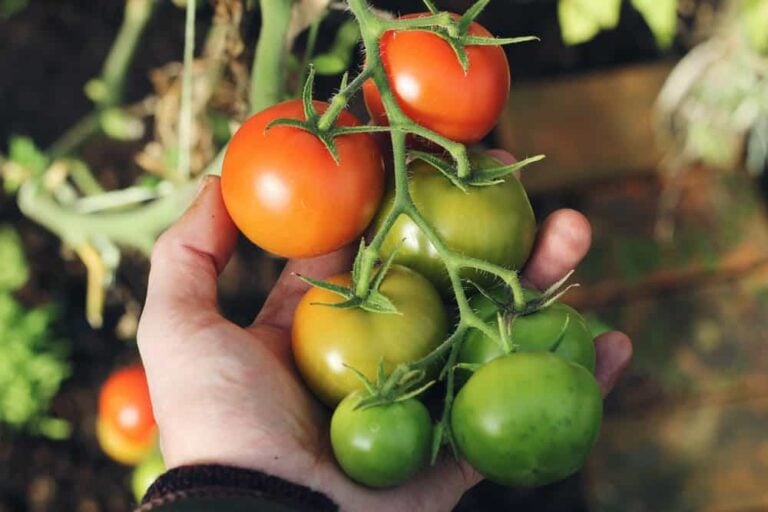How to Plant Cucumbers
Cucumbers thrive best with lots of sun and regular watering. Young and mature plants need regular feedings of soil that is infused with nitrogen, phosphorus, and potassium. Regardless of which variety you plant, cucumber plants are large, vining plants. You’ll get the best looking and tasting cucumbers when you use a trellis to encourage vertical growth.
Start Seeds in Small Containers
Start with small planting trays or peat pots to plant your seeds. If you don’t want to incur the cost of seedling strays, take a look at this article from Treehugger.com that lists seven household items that you can use as containers for seedlings, that will cost you nothing at all.
Yogurt containers, toilet paper tubes, egg cartons and fast food containers are great for seedlings
In this video, master gardener, Frank Buker, aka “Farmer Ed,” explains that he likes to plant two seeds in one seedling pot and transplant the stronger of the two plants into the garden. Plant seeds about 6-8 inches apart and cover them lightly with soil.
Gardener’s Supply suggests placing seedlings in a south facing window so they get enough sun to develop strong roots. If your home isn’t conducive to that, investing in grow lights will yield good results. Set the timer to go on for 15 hours of light.
Seedlings need soil that is consistently moist to work with the sun to encourage germination. Don’t over water, or the tender roots will rot.
The Right Soil Gives the Best Result
If you are adventurous enough to try creating your own nutrient-rich potting soil, try this 8-step guide for making soil for vegetable gardening by Mother Earth News.
Alternatively, you can buy a gardening soil mix for vegetables right at your local home or gardening store. Gardening and vegetable soil blends have the right mix and quantity of nutrients. Look for packages with NPK on the label, which stands for nitrogen, phosphorus, and potassium. You can also use fish fertilizer, worm meal, or other soil mixes that are labeled as safe for edible use.
You’ll save yourself some problems by avoiding using landscape soil, which can have bacteria in it that will harm your cucumbers. Landscape soil may also have weed seedlings in it and you won’t want weeds to take over your plants.
Transplanting Cucumbers in Your Garden
Pay attention to the timing for transplanting cucumbers into your garden. Cucumbers hate the cold! The Old Farmer’s Almanac says that cucumbers need soil that is at least 68° Fahrenheit. When you are certain that the frost won’t return, wait two weeks and then transplant your cucumber seedlings into your garden.
Cukes love the sun, so for the best results, choose a garden spot that gets 6-8 hours of sun every day.
Give your cucumbers lots of room in your garden, because the plants grow fairly large. Set young cucumber plants about 12 inches apart in your garden, so they have plenty of room to bear fruit.
Cucumbers are a vining plant and the shoots aren’t strong enough to hold a heavy cucumber up on their own. When the cucumbers are about 3 inches tall, insert a trellis near the plants and coax the vines to grow on the trellis by wrapping vines on it. The California Gardener shows you a couple of different types of trellises on this video.
Keeping your vines off the ground will prevent your cucumbers from having one side turn yellow or white. It also keeps bugs from eating them.
Caring for Cucumber Plants Throughout the Growing Season
Once cucumbers are transplanted safely in the ground, their roots will strengthen and spread out. Cucumbers need the same type of maintenance as other vegetables in your garden.
Give them 1-2 inches of water per week. Water them more often if it is unusually hot or if they appear dried out.
Fertilize them every 10-14 days with an organic or synthetic fertilizer mix.
Choosing the Right Variety for You and Your Garden
There are many varieties of cucumber plants. Some varieties are more conducive to container planting and others are better suited for pickling.
Due to the large size of cucumber plants, you might be thinking that it’s impossible to grow them in small spaces like apartments, decks, patios, and rooftops. The key here is knowing which type of cucumber to plant.
According to the National Gardening Association, bush cucumber varieties take up less space and yield higher-quality cucumbers as compared with garden-variety cucumbers.
Linda Yang, author of “The City & Town Gardener: A Handbook for Planting Small Spaces and Containers,” recommends using wooden or plastic containers, as clay pots tend to dry the soil out faster. She recommends putting a drainage hole in the bottom of the pot and placing rocks in the bottom so the hole doesn’t clog.
Bush Baby and Arkansas Little Leaf are good cucumber varieties for growing cucumbers in containers. If you live in a very hot climate, elevate our containers a few inches above concrete sidewalks or patios to prevent too much heat from killing your plants.
You can eat all kinds of cucumbers right off the vine. Here are some other varieties:
- Picklers
- Slicers
- Gherkins
- White
- Bush
- English
- Burpless
The English varieties are longer and have a thinner skin. The small, warty-green cucumbers are perfect for small sweet pickles or large dill pickles. Pickling cucumbers are a delicious variety to eat fresh. Slicers are larger at about 5-8 inches. Use slicers in your salads and other recipes.
Final Words About Growing Cucumbers
Use these tips as general guidelines. Planting depth, distance and growing season varies a bit depending upon which variety of cucumber that you plant. Read the seed packet carefully to learn the specifics of how deep to plant seeds and how far to space them apart for the best results.


![Best Small Greenhouses (Ultimate Guide [year])](https://properlyrooted.com/wp-content/uploads/2022/10/image00-46-1-768x532.jpg)



